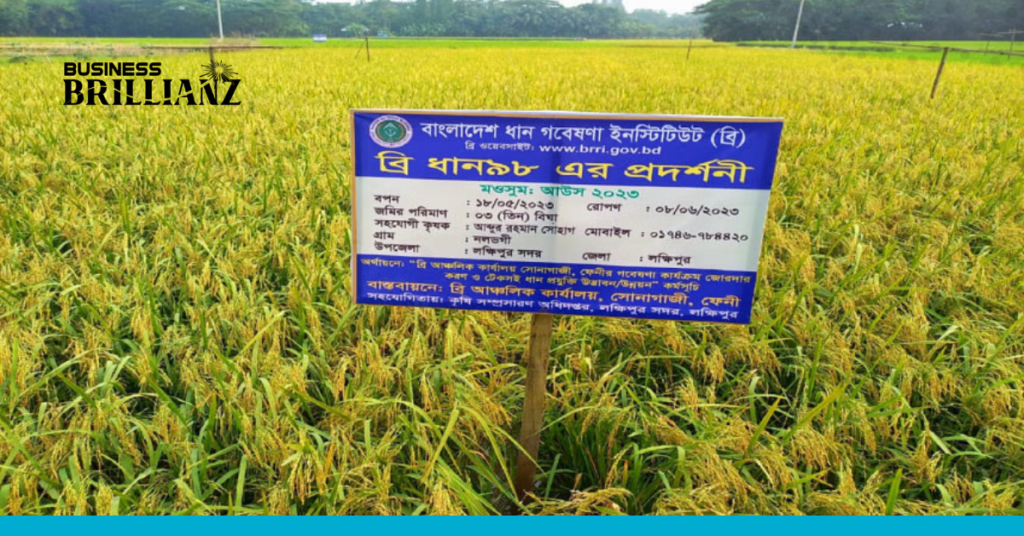The Agriculture Ministry of Bangladesh has unveiled a significant incentive package worth Tk 64.15 crore aimed at stimulating small and marginal farmers to engage in Aush paddy cultivation, thereby enhancing overall production. Aush paddy saplings, traditionally transplanted after March 15, have prompted the initiation of this encouraging scheme.
Under this initiative, the Agriculture Ministry intends to extend incentives to approximately 9.40 lakh small and marginal farmers. Each participating farmer will be entitled to a comprehensive package comprising 5 kilograms of high-quality seeds along with 10 kilograms each of DAP (diammonium phosphate) and MOP (muriate of potash) fertilisers. This allocation is meticulously calculated to sufficiently cover cultivation on one bigha of land, as per the details disclosed in a recent press release.
Emphasizing the distribution of high-yielding paddy seed varieties, including but not limited to BRRI Dhan 48, BRRI Dhan 82, BRRI Dhan 85, BRRI Dhan 98, BINA Dhan 19, and BINA Dhan 21, the program aims to bolster productivity across the agricultural landscape.
Funding for this initiative is drawn from the ministry’s regular budget earmarked for agricultural rehabilitation assistance and the seeds and seedlings sector. With the government having already issued an order for the swift implementation of the program, distribution activities are poised to commence imminently at the grassroots level, as confirmed in the press release.
This announcement coincides with the imminent commencement of Aush paddy sowing season. In 2023, farmers cultivated Aush on approximately 10.5 lakh hectares of land, resulting in a harvest of 30.4 lakh tonnes of rice. Notably, this production marked a 4.8 percent increase compared to the previous year, according to data compiled by the Department of Agricultural Extension.
Aush paddy holds a significant position within Bangladesh’s agricultural landscape, contributing nearly 5 percent to the country’s annual rice production. As the distribution of incentives gears up, expectations are high for further strides in rice cultivation and enhanced livelihoods for small and marginal farmers across the nation.


